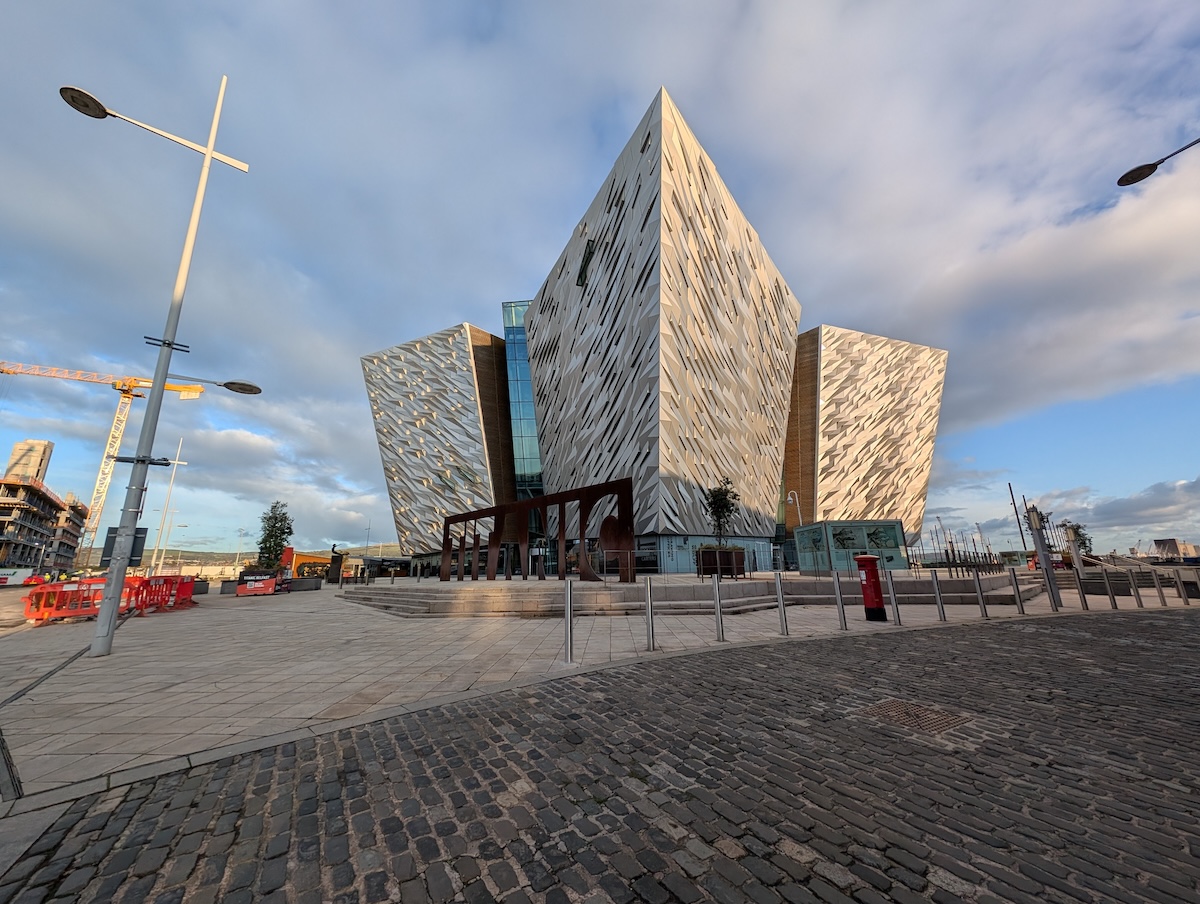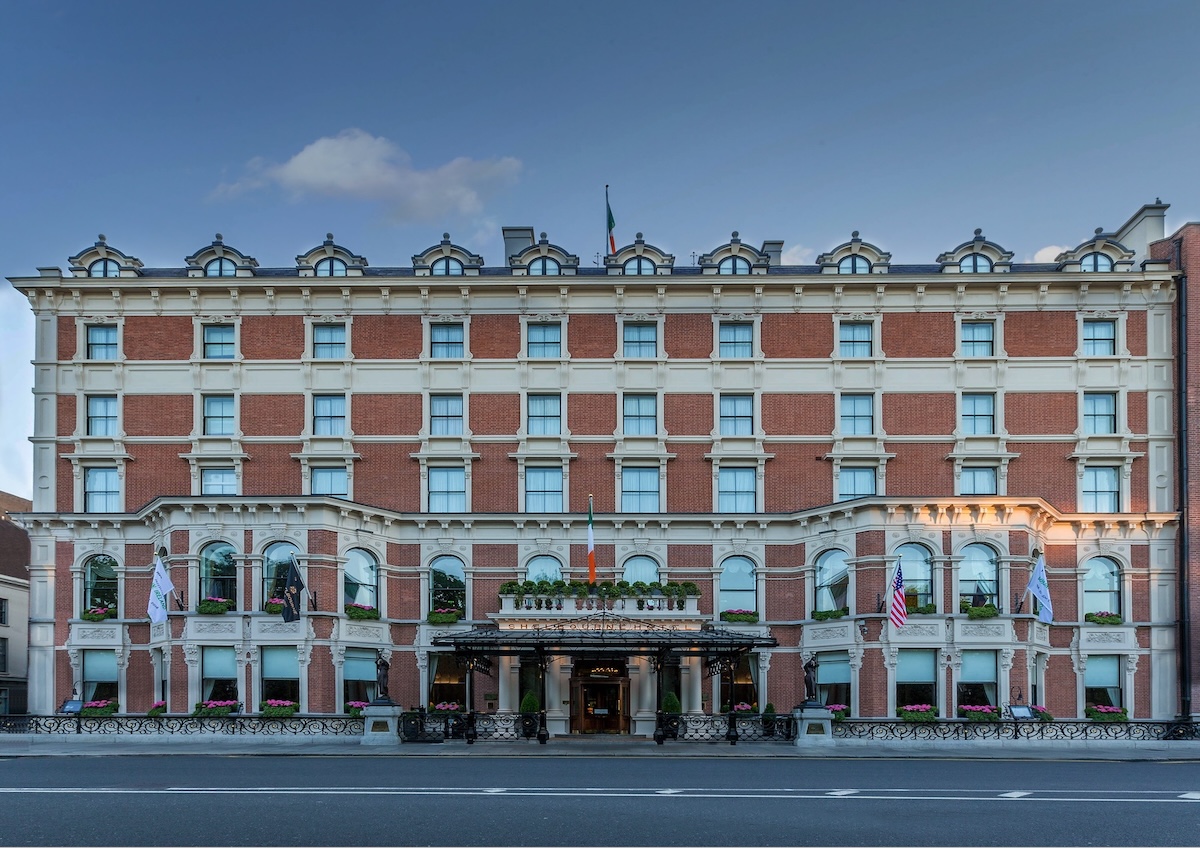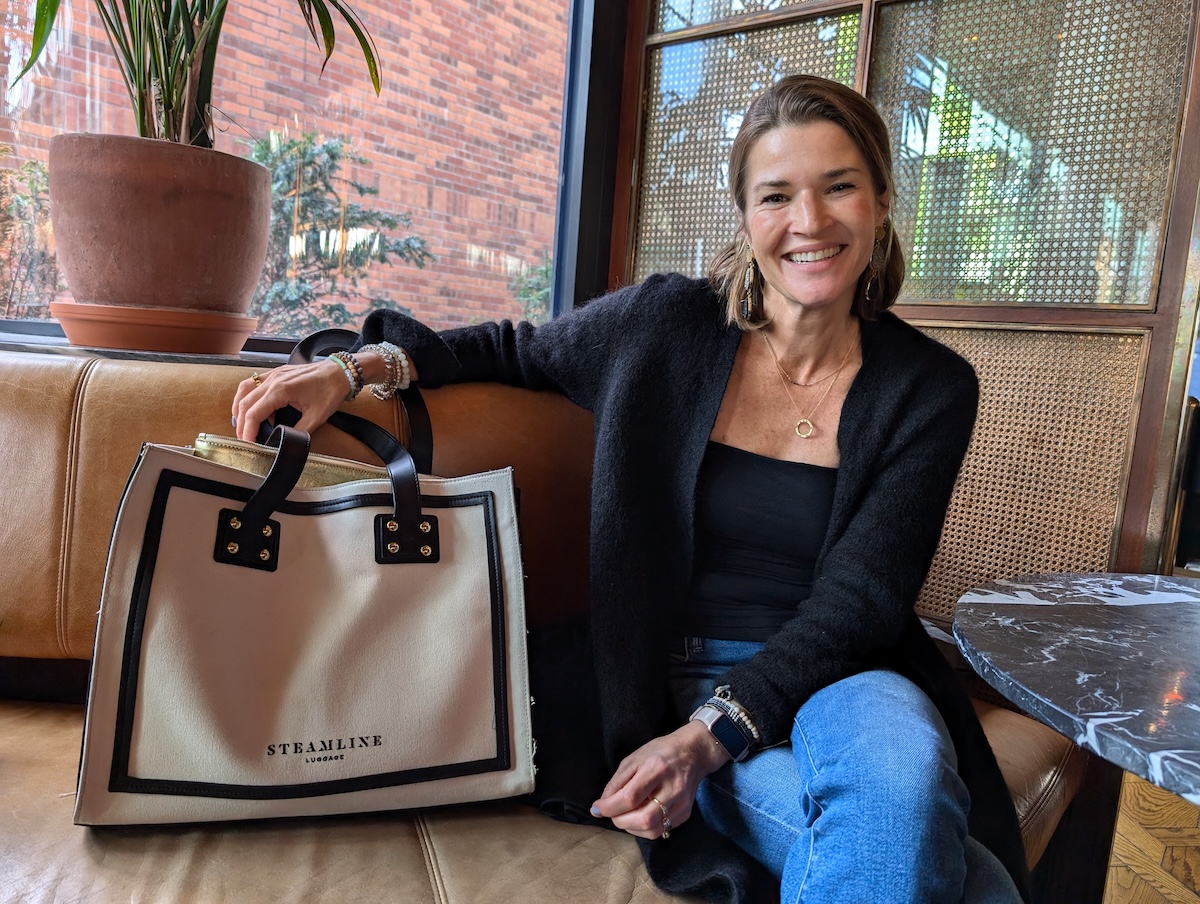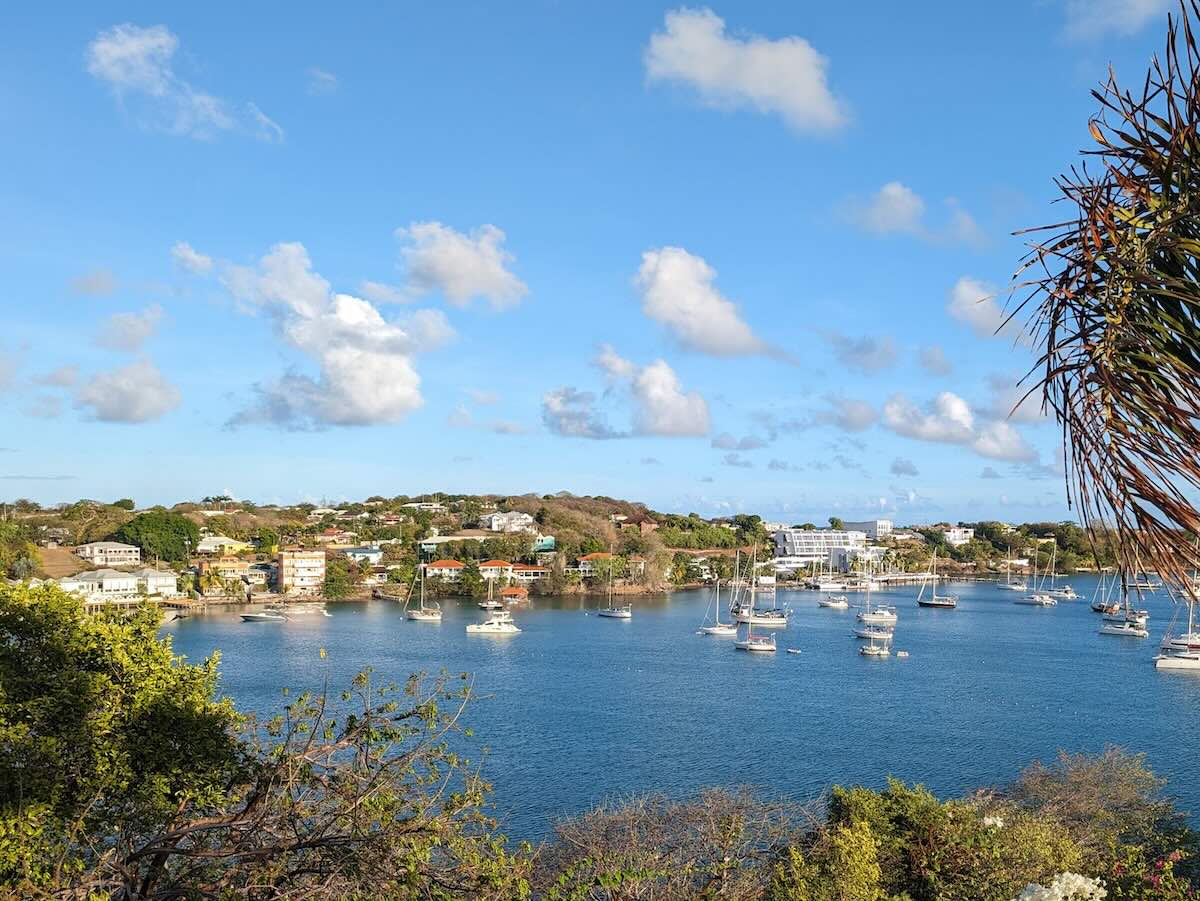The Titanic Belfast Experience, a glistening, angular structure resembling a ship’s prow, is a poignant icon of Belfast’s maritime heritage. Inside, you can explore the ill-fated ocean liner’s captivating history from its construction to its watery grave.
But what makes this museum truly remarkable is its commitment to sustainability. Titanic has ambitious goals that include reducing its energy consumption by 5 percent in five years, cutting food waste and participating in a circular economy. You can even see its sustainability in action with every toilet flush.
This eco-conscious approach isn’t limited to a single landmark. Belfast is undergoing a citywide transformation to embrace sustainability as a core value across its tourism industry.
“We have a moral obligation to do something about climate change and the biodiversity crisis,” says Adrian Fitzpatrick, sustainability manager of the Ulster Folk Museum, one of the Northern Ireland institutions incorporating environmentally friendly practices.
Indeed, the Titanic Belfast’s drive to sustainability extends beyond its striking design. The building incorporates a rainwater harvesting system, which uses water to irrigate plants and flush the toilets. This clever approach to water conservation reduces the museum’s reliance on municipal water sources and showcases its commitment to minimizing its environmental impact.
Belfast, a city steeped in history, is going full steam ahead on sustainable tourism.
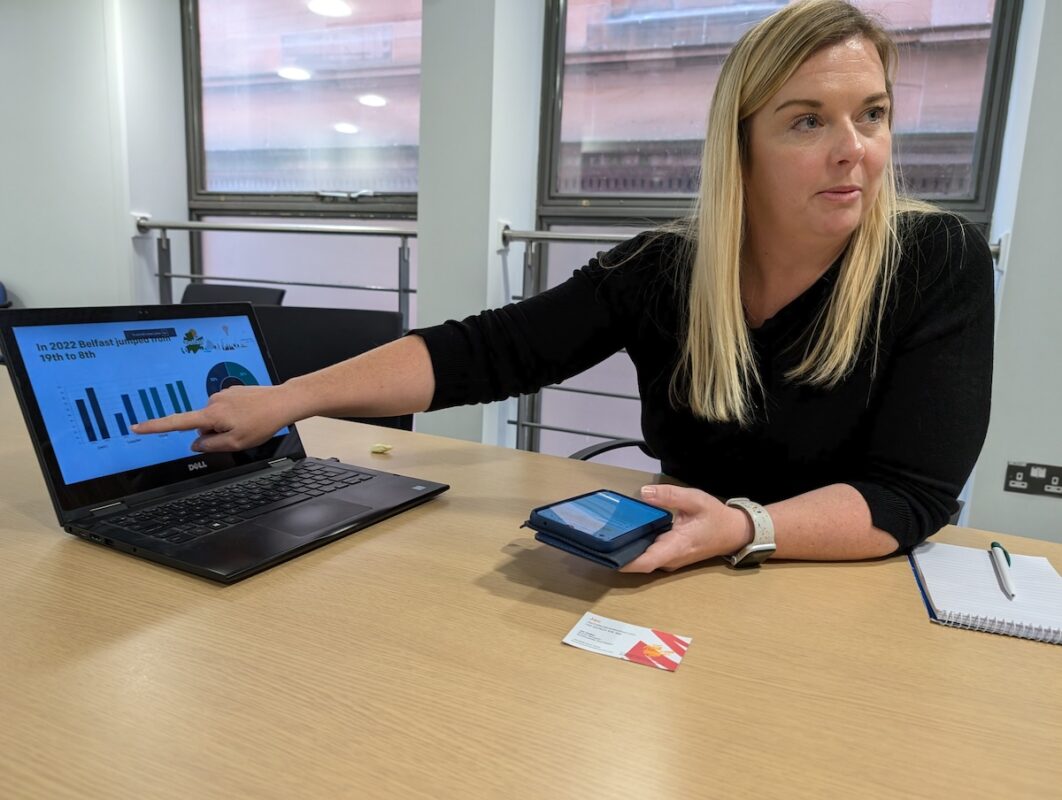
How Belfast is championing its green ambitions
By its own admission, Belfast was late to the sustainability party. It wasn’t on any modern tourism maps until about 2012, when the Titanic Experience opened. Before that, few people ventured there because of the ethnic and sectarian conflict euphemistically known as The Troubles. Those ended in 1998 with the Good Friday Agreement.
Just before the pandemic, the city doubled down on a commitment to green tourism. Visit Belfast, the city’s tourism organization, has played a central role in this sustainable renaissance.
“We have a lot of green tourism accredited businesses,” says Jac Callan, Visit Belfast’s sustainability and impact manager. “Our industry is really engaged in this space.”
Visit Belfast has implemented programs to improve its environmental and social performance. They include a collaboration with the cruise industry to promote sustainable tours and renewable energy and a program to certify Belfast’s hotel rooms as green.
Belfast’s commitment to eco-friendly practices has yielded tangible results. In 2020, Belfast languished at 47th out of 48 destinations on the Global Destination Sustainability Index (GDSI), a sobering reflection of the city’s lack of sustainability initiatives.
Since starting its green plan, Belfast has vaulted to 9th place out of 100 destinations on the GDSI and has remained competitive.
“We are committed to doing this decarbonization plan for Belfast,” adds Callan. “We know that’s not going to be easy.”
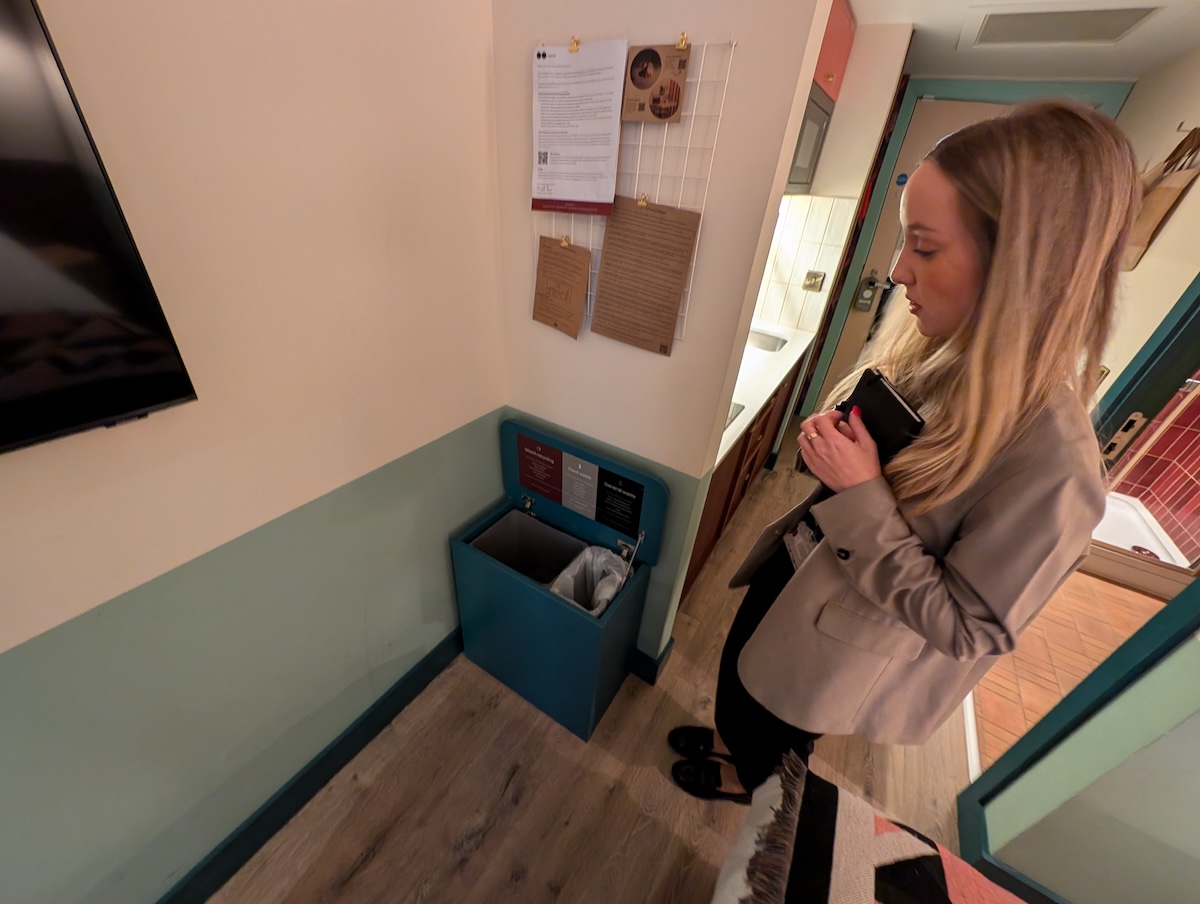
Beth Murphy, Room 2’s business development manager, inspects one of Room 2 Belfast’s trash bins. Guests are encouraged to sort their trash before it’s discarded.
Room 2: Weaving Sustainability into a homestay experience for a sustainable Belfast
One example of Belfast’s sustainable tourism success is Room 2, a new hotel in the city center.
Room 2 offers what it calls a “hometel” experience — hotel rooms with common areas that feel a lot like a more traditional residence. Its eco-friendly features are woven right into the experience.
“We don’t use any fossil fuels,” says Beth Murphy, Room 2’s business development manager. “We have our B Corp certification, which means we’re recognized all over the world for sustainability.”
The hotel showcases its commitment to sustainability in every detail. Guests walk on carpets woven from recycled fishing nets salvaged from the ocean. Tables crafted from recycled shampoo bottles add a special touch to the hotel’s modern aesthetic. Even the menus reflect a commitment to local sourcing.
Why is Room 2 so dedicated to sustainability? Murphy says the hotel owners used to visit South Africa in their youth. Over the years, they witnessed the effects of climate change in southern Africa, and they wanted to make a difference in their hotel. It all came together in Room 2, which has several hotel locations in Ireland.
And while the hotel may be part of a chain, Murphy says it always acts locally — and that’s especially true when it comes to food.
“It’s all local,” says Murphy. “We’re very blessed in Northern Ireland to be able to have good farmers.”
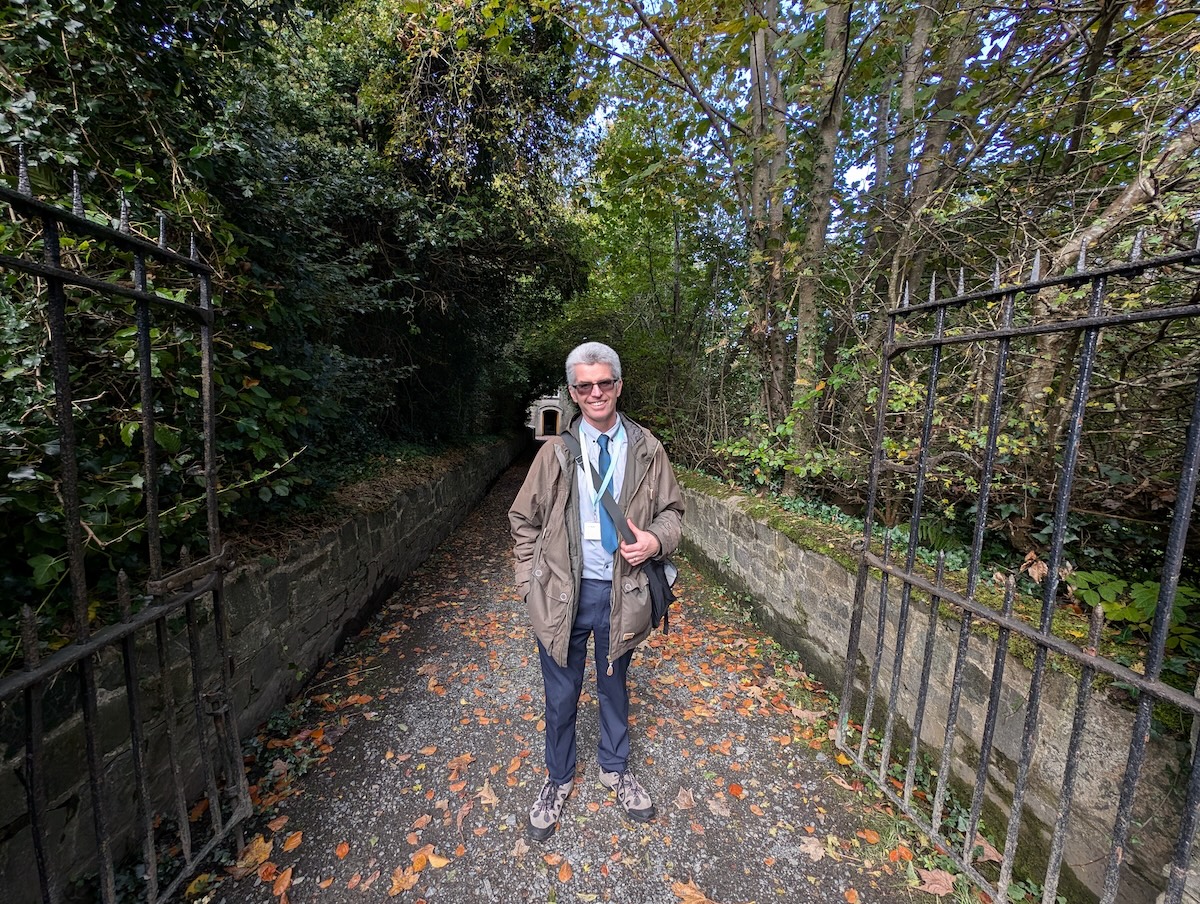
Preserving history and protecting the environment at the Ulster Folk Museum
The Ulster Folk Museum, perched on a hill just outside of Belfast, offers a captivating look into rural life in Northern Ireland during the 19th and early 20th centuries. Here, thatched-roof cottages and costumed interpreters bring history to life. But behind the facade lies a dedicated effort to weave sustainability into the museum’s operations and to create a more sustainable Belfast.
The museum is tackling its environmental impact on multiple fronts. Its most visible initiative is a woodland renewal project to restore areas identified as remnants of ancient woodland, potentially dating back to the 1600s. The project, which encompasses 14 acres of land around the property, involves removing invasive species, such as cherry laurel and rhododendron, which were suppressing the growth of native trees. The museum managers also have plans to reduce its reliance on fossil fuels.
“We’re hoping to move towards net-zero by 2030,” says Fitzpatrick, the museum’s sustainability manager.
A collaborative approach to being green
Visit Belfast says achieving its sustainability goals requires a collaborative approach. The organization works closely with industry partners, offering support and resources to help businesses adopt more eco-friendly practices.
You can see evidence of this collaborative spirit in initiatives such as the Green Tourism accreditation program, a partnership between Visit Belfast and Green Tourism, a third-party accreditation body. They’re offering free accreditations to tourism businesses in the Belfast City Council area, which has boosted the number of accredited tourism businesses in the city.
That’s not to say the process has been easy or free of controversy.
While cruise ships bring significant economic benefits to the city, their environmental impact can’t be sugarcoated. A recent study found that 218 cruise ships operating in Europe emitted more than four times more sulfur dioxide in 2022 than the 291 million passenger vehicles in those countries.
Visit Belfast has been working with Belfast Harbour to create a sustainability action plan, focused on minimizing the environmental footprint of cruise ship visits. The plan includes using zero-emission shuttle buses, promoting sustainable shore excursions, and championing businesses with social sustainability initiatives.
Here are the hurdles to becoming green
Despite its progress, Belfast faces a number of challenges in its drive for sustainability. One significant hurdle is the lack of sustainability expertise within the tourism industry, according to Callan. Visit Belfast is working to address this through education and training programs.
Another obstacle is adequate funding. Limited resources from central and local governments make it difficult to implement ambitious sustainability projects.
But perhaps the biggest challenge is traveler apathy. Many tourists are simply not as concerned about sustainability as they are about price and convenience. Visit Belfast is working to change that by promoting the city’s environmental credentials and showcasing sustainable tourism offerings, but to quote Kermit the Frog, it’s not easy being green.
While Belfast’s sustainability journey is far from over, the city has made impressive progress in a short time. Its success is a testament to the collaborative spirit of its tourism industry, but there’s still a lot of work to be done.
“I think it’s probably the end of the beginning of the process,” says Fitzpatrick.
